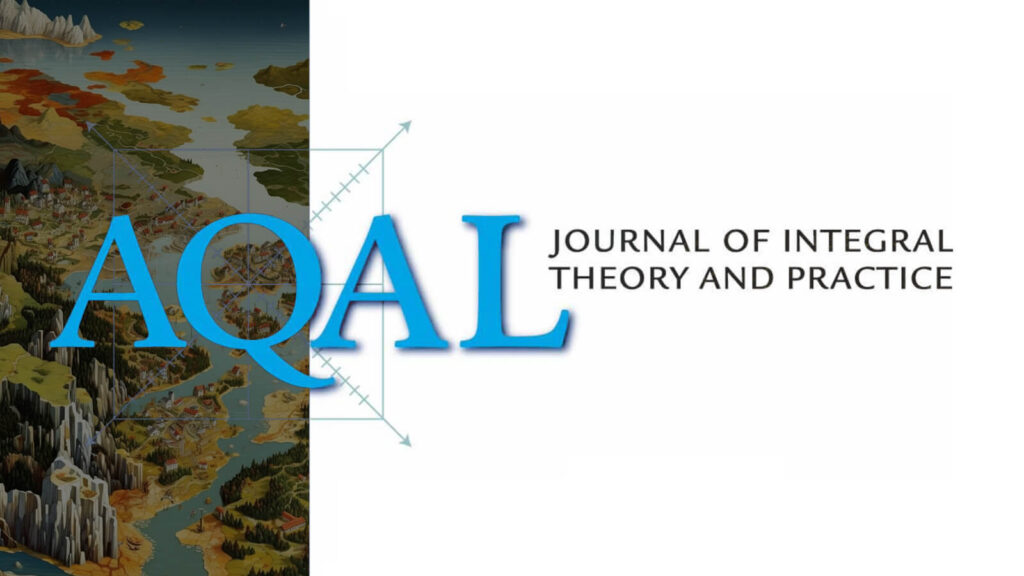This article introduces some of the basic elements of Integral Geography as both theory and practice for applying the AQAL framework to the study of the world. A historical overview elaborates what geography is, how it evolved as a discipline, and how geographers frame a number of key dimensions of inquiry in studying both the human and natural world. These key dimensions are then situated in relation to the AQAL framework and are used to reveal how space, spatiality, and topology are intrinsic to the AQAL map and Integral Theory in general.

Brian Eddy
BRIAN EDDY, Ph.D., graduated in Geography and Environmental Studies at Carleton University, Ottawa, Ontario in 2006. His doctoral research involved the application of Integral Theory to mapping indicators of sustainability and wellbeing using GIS and Cybercartography. His consultancy (www.igeo.ca) focuses on applying ecosystems-based management approaches for land-use planning, regional environmental and socio-economic assessment, and mapping indicators at multiple geographic scales. He lives in Ottawa.


 June 24, 2023
June 24, 2023